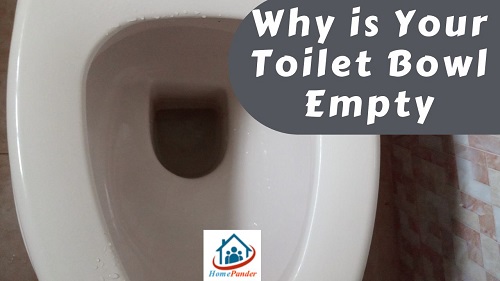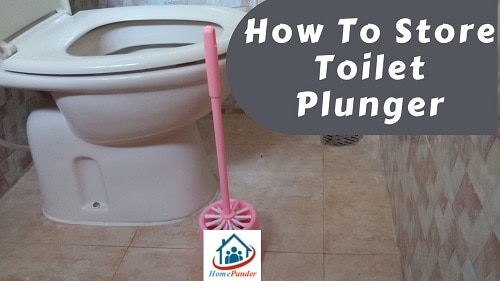Bathroom paint calculators are valuable tools that can assist you in determining the amount of paint you need for your bathroom renovation project.
Whether you are a DIY enthusiast or a professional painter, these calculators can save you time, money, and effort.
Using a bathroom paint calculator offers several benefits.
Firstly, it helps you accurately estimate the quantity of paint required based on your room’s dimensions, including the shape of the walls, the presence of windows and doors, and the number of coats needed.
This ensures that you purchase the right amount of paint, preventing wastage or the need for additional trips to the store.
Additionally, bathroom paint calculators provide convenience and ease of use. With just a few simple inputs, such as the square footage of your bathroom and the desired number of coats, the calculator will generate an estimate of the amount of paint you need.
This eliminates the need for manual calculations and guesswork, saving you time and effort.
In the following sections, we will delve deeper into how to calculate paint needs and provide tips for choosing the right bathroom paint. By utilizing a bathroom paint calculator, you can streamline your painting process and achieve professional-looking results. So, let’s get started!
| Calculator Name | Compatibility | Features | Ease of Use | Cost |
|---|---|---|---|---|
| PaintPal | Web, Mobile | Estimate Paint Quantity | Easy | Free |
| PaintMaster Pro | Mobile App | Color Selection, Tips | Intuitive | $4.99 |
| BathColorCalc | Web | Room Dimensions, Brands | User-Friendly | Free |
How to Calculate Paint Needs
To ensure you have enough paint for your bathroom project, it’s important to accurately calculate your paint needs. By following these steps, you can determine the right amount of paint to purchase, saving you time and money.
Measuring your bathroom is the first step in calculating paint needs. Start by measuring the length and height of each wall, including the ceiling if you plan to paint it as well.
Multiply the length by the height to find the square footage of each wall. Add up the square footage of all the walls to get the total square footage of your bathroom.
Next, subtract the square footage of any doors and windows from the total square footage. Measure the width and height of each door and window, and multiply them to find their square footage. Subtract this square footage from the total square footage of the walls.
Once you have the adjusted square footage, you need to consider the coverage rate of the paint you plan to use.
Different paints have different coverage rates, which indicate how much area a gallon of paint can cover.
Check the paint can or manufacturer’s website for this information. Divide the adjusted square footage by the coverage rate to determine the number of gallons of paint you need.
It’s also important to consider the number of coats of paint you plan to apply. If you’re painting over a dark color or want to achieve a more even finish, you may need multiple coats. Multiply the number of gallons of paint by the number of coats to get the total amount of paint needed.
By following these steps, you can accurately calculate your paint needs for your bathroom project.
This will help you avoid running out of paint or purchasing more than necessary.
Take the time to measure your bathroom and consider the coverage rate and number of coats, and you’ll be well-prepared for your painting project.
Tips for Choosing the Right Bathroom Paint
When it comes to choosing the right paint for your bathroom, there are a few important factors to consider. By keeping these tips in mind, you can ensure that you select a paint that not only looks great but also stands up to the unique challenges of a bathroom environment.
Consider the type of finish you want. The finish of your paint can have a big impact on the overall look and feel of your bathroom. For a sleek and modern look, consider a high-gloss or semi-gloss finish. These finishes are not only easy to clean but also resistant to moisture and mildew. If you prefer a more subtle and matte look, opt for an eggshell or satin finish.
Choose a paint that is durable and easy to clean. Bathrooms are high-traffic areas that are prone to moisture, steam, and splashes. It’s important to choose a paint that can withstand these conditions and is easy to clean. Look for paints that are specifically formulated for bathrooms and offer durability and washability.
Select a paint that is resistant to moisture and mildew. Bathrooms are naturally humid environments, which can lead to the growth of mold and mildew. To prevent this, choose a paint that has built-in mold and mildew resistance. These paints contain additives that inhibit the growth of mold and mildew, keeping your bathroom walls clean and healthy.
Consider the color of your bathroom fixtures and other décor. The color of your bathroom paint should complement the existing fixtures and décor in your space. Consider the color of your tiles, countertops, and cabinets, as well as any other decorative elements in your bathroom. Opt for a paint color that harmonizes with these elements to create a cohesive and visually appealing space.
By considering these tips, you can choose the right paint for your bathroom that not only looks great but also withstands the unique challenges of the environment. Remember to select a durable and easy-to-clean paint with a finish that suits your style, and consider the color of your fixtures and décor for a cohesive look. With the right paint, your bathroom will be transformed into a beautiful and functional space.
Conclusion
In conclusion, choosing the right paint for your bathroom is essential for creating a beautiful and functional space.
By considering factors such as the type of finish, durability, resistance to moisture and mildew, and color coordination with fixtures and décor, you can make an informed decision.
A high-gloss or semi-gloss finish can provide a sleek and modern look, while an eggshell or satin finish offers a more subtle and matte appearance. Look for paints specifically formulated for bathrooms that offer durability and washability. Additionally, selecting a paint with built-in mold and mildew resistance will help keep your bathroom walls clean and healthy.
To calculate the amount of paint needed for your bathroom, you can use online resources such as the Dulux bathroom paint calculator or general paint calculators that take into account room shape, wall dimensions, windows and doors, and the number of coats required.
These tools can save you time and ensure you purchase the right amount of paint for your project.
By following these tips and utilizing the available resources, you can confidently choose the perfect paint for your bathroom and transform it into a space that is both visually appealing and functional.



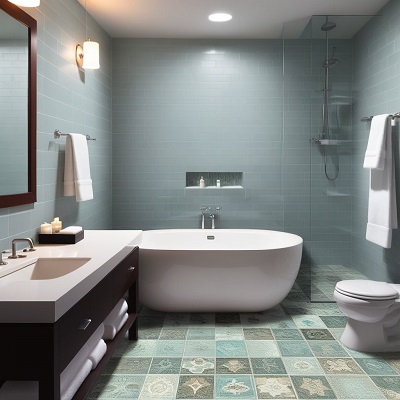

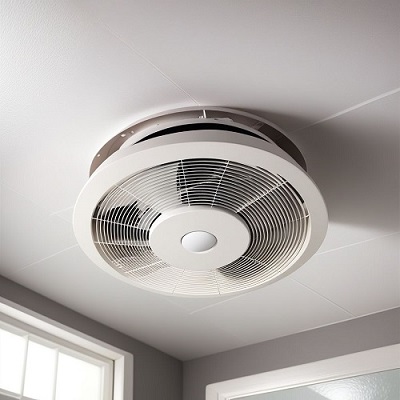
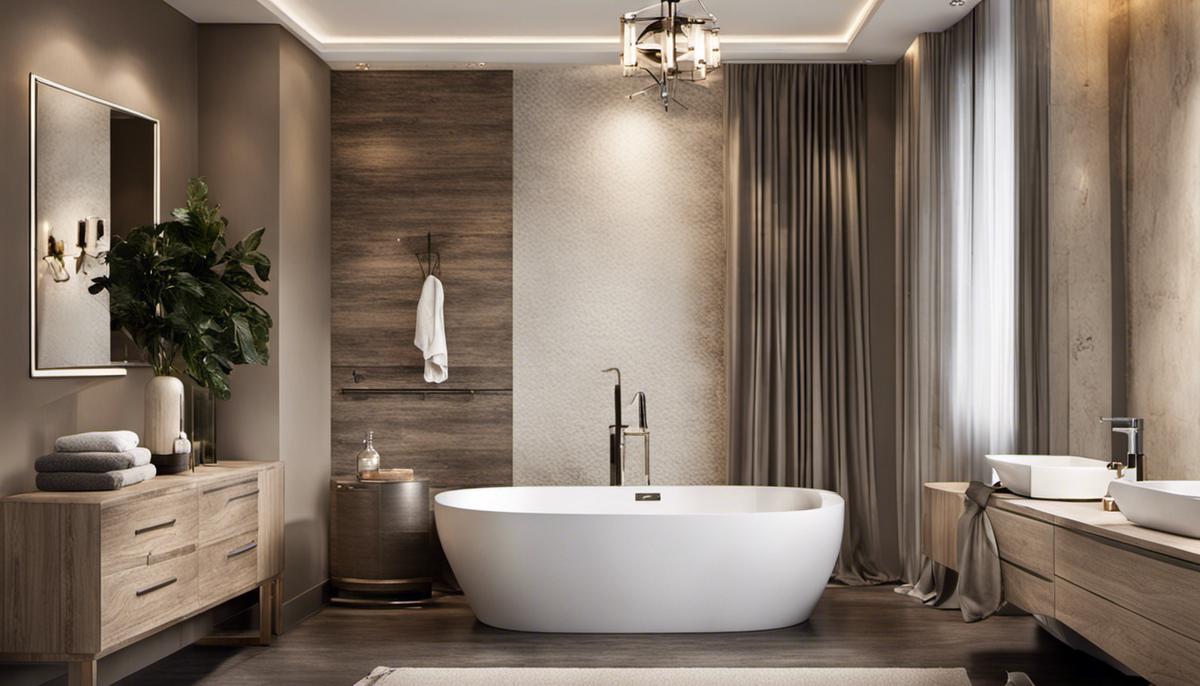



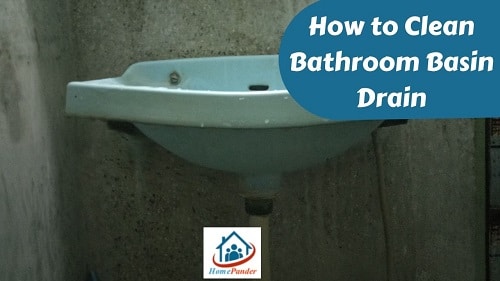
![How To Clean Dark Grout That Has Turned White [5 Easy Ways]](https://homepander.com/wp-content/uploads/2021/12/How-To-Clean-Dark-Grout-That-Has-Turned-White.webp)

![How to Remove Crystallized Urine [Explained]](https://homepander.com/wp-content/uploads/2022/02/How-To-Remove-Crystallized-Urine.jpg)

